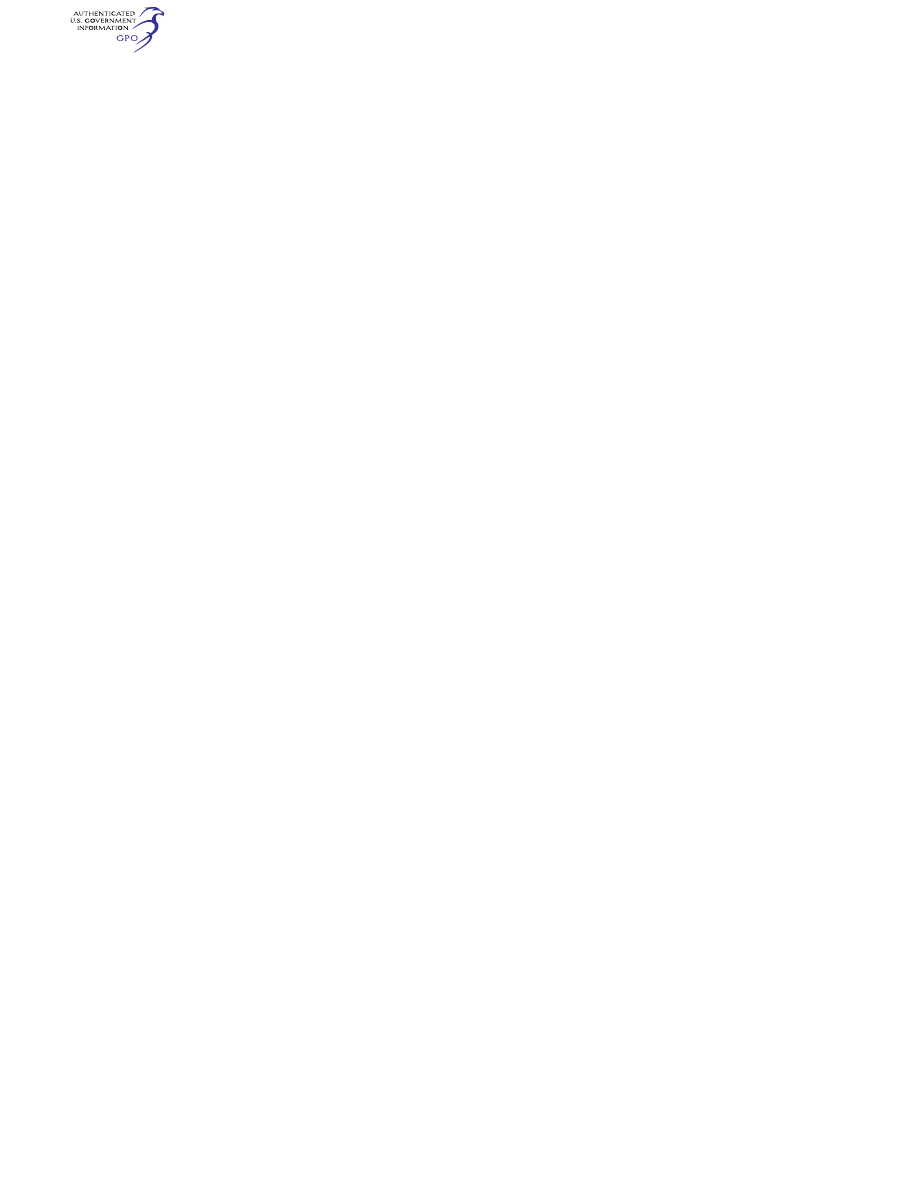
503
Federal Aviation Administration, DOT
§ 27.497
ground on one aft wheel. In this atti-
tude—
(a) The vertical load must be the
same as that obtained on that side
under § 27.479(b)(1); and
(b) The unbalanced external loads
must be reacted by rotorcraft inertia.
§ 27.485
Lateral drift landing condi-
tions.
(a) The rotorcraft is assumed to be in
the level landing attitude, with—
(1) Side loads combined with one-half
of the maximum ground reactions ob-
tained in the level landing conditions
of § 27.479 (b)(1); and
(2) The loads obtained under para-
graph (a)(1) of this section applied—
(i) At the ground contact point; or
(ii) For full-swiveling gear, at the
center of the axle.
(b) The rotorcraft must be designed
to withstand, at ground contact—
(1) When only the aft wheels contact
the ground, side loads of 0.8 times the
vertical reaction acting inward on one
side, and 0.6 times the vertical reaction
acting outward on the other side, all
combined with the vertical loads speci-
fied in paragraph (a) of this section;
and
(2) When all wheels contact the
ground simultaneously—
(i) For the aft wheels, the side loads
specified in paragraph (b)(1) of this sec-
tion; and
(ii) For the forward wheels, a side
load of 0.8 times the vertical reaction
combined with the vertical load speci-
fied in paragraph (a) of this section.
§ 27.493
Braked roll conditions.
Under braked roll conditions with
the shock absorbers in their static po-
sitions—
(a) The limit vertical load must be
based on a load factor of at least—
(1) 1.33, for the attitude specified in
§ 27.479(a)(1); and
(2) 1.0 for the attitude specified in
§ 27.479(a)(2); and
(b) The structure must be designed to
withstand at the ground contact point
of each wheel with brakes, a drag load
at least the lesser of—
(1) The vertical load multiplied by a
coefficient of friction of 0.8; and
(2) The maximum value based on lim-
iting brake torque.
§ 27.497
Ground loading conditions:
landing gear with tail wheels.
(a)
General. Rotorcraft with landing
gear with two wheels forward, and one
wheel aft, of the center of gravity must
be designed for loading conditions as
prescribed in this section.
(b)
Level landing attitude with only the
forward wheels contacting the ground. In
this attitude—
(1) The vertical loads must be applied
under §§ 27.471 through 27.475;
(2) The vertical load at each axle
must be combined with a drag load at
that axle of not less than 25 percent of
that vertical load; and
(3) Unbalanced pitching moments are
assumed to be resisted by angular iner-
tia forces.
(c)
Level landing attitude with all
wheels contacting the ground simulta-
neously. In this attitude, the rotorcraft
must be designed for landing loading
conditions as prescribed in paragraph
(b) of this section.
(d)
Maximum nose-up attitude with
only the rear wheel contacting the
ground. The attitude for this condition
must be the maximum nose-up attitude
expected in normal operation, includ-
ing autorotative landings. In this atti-
tude—
(1) The appropriate ground loads
specified in paragraphs (b)(1) and (2) of
this section must be determined and
applied, using a rational method to ac-
count for the moment arm between the
rear wheel ground reaction and the
rotorcraft center of gravity; or
(2) The probability of landing with
initial contact on the rear wheel must
be shown to be extremely remote.
(e)
Level landing attitude with only one
forward wheel contacting the ground. In
this attitude, the rotorcraft must be
designed for ground loads as specified
in paragraphs (b)(1) and (3) of this sec-
tion.
(f)
Side loads in the level landing atti-
tude. In the attitudes specified in para-
graphs (b) and (c) of this section, the
following apply:
(1) The side loads must be combined
at each wheel with one-half of the max-
imum vertical ground reactions ob-
tained for that wheel under paragraphs
(b) and (c) of this section. In this condi-
tion, the side loads must be—
VerDate Sep<11>2014
09:06 Jun 28, 2024
Jkt 262046
PO 00000
Frm 00513
Fmt 8010
Sfmt 8010
Y:\SGML\262046.XXX
262046
jspears on DSK121TN23PROD with CFR
